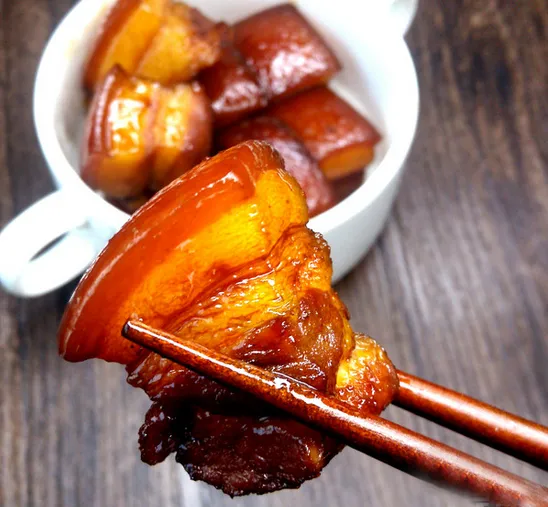
Dongpo Pork
A delicious recipe for Dongpo Pork.
Ingredients
Main Ingredients
The aromatics
The sauce & seasonings
Instructions
1. Prepare the Pork
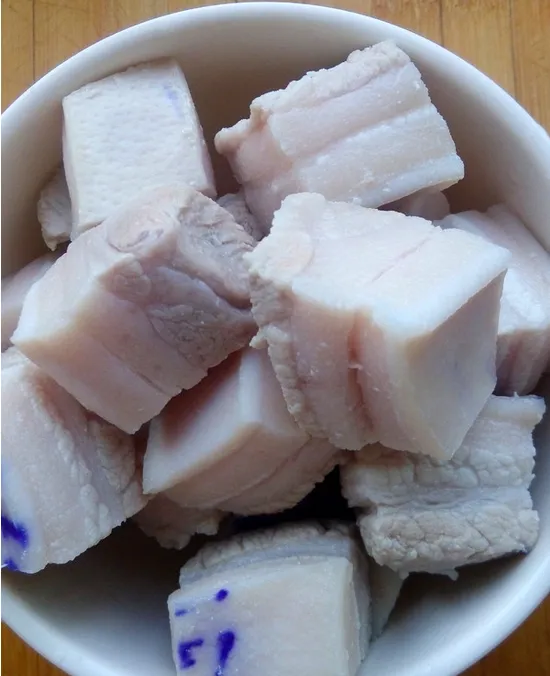
💡 Pro Tip: Start with cold water and bring to boil gradually to prevent the skin from shrinking and ensure even cooking.
2. Build the Braising Base
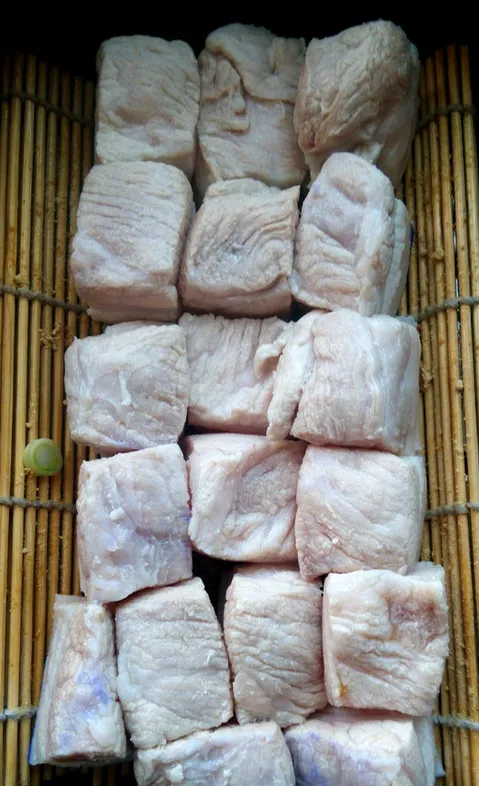
🔥 Technique: Add 1-2 star anise under the meat pieces for deeper fragrance and arrange aromatics to prevent direct contact with pot bottom.
3. First Braising Phase

💡 Pro Tip: Check moisture level after 15 minutes - add 1/4 cup water if the liquid has reduced too much.
4. Flip and Continue Braising
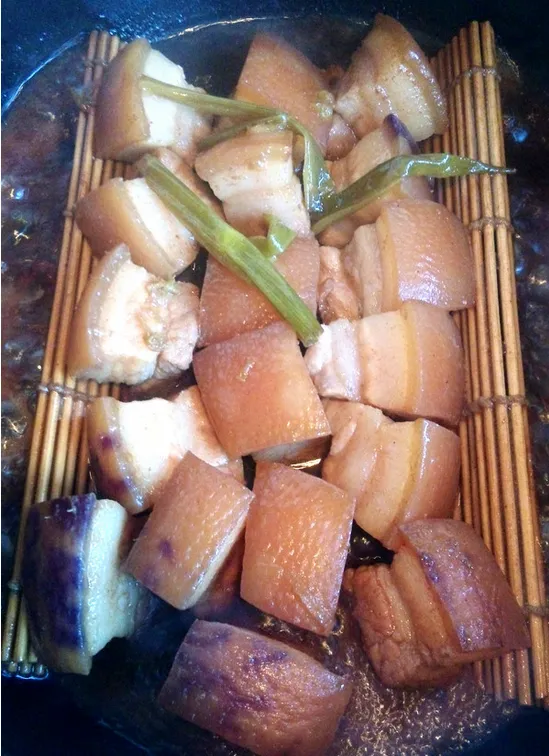
🔥 Technique: Handle the pork gently to avoid breaking the tender meat - the pieces should hold together but be very soft.
💡 Pro Tip: Wait 2 minutes after opening lid before flipping to stabilize steam
5. Final Reduction and Plating
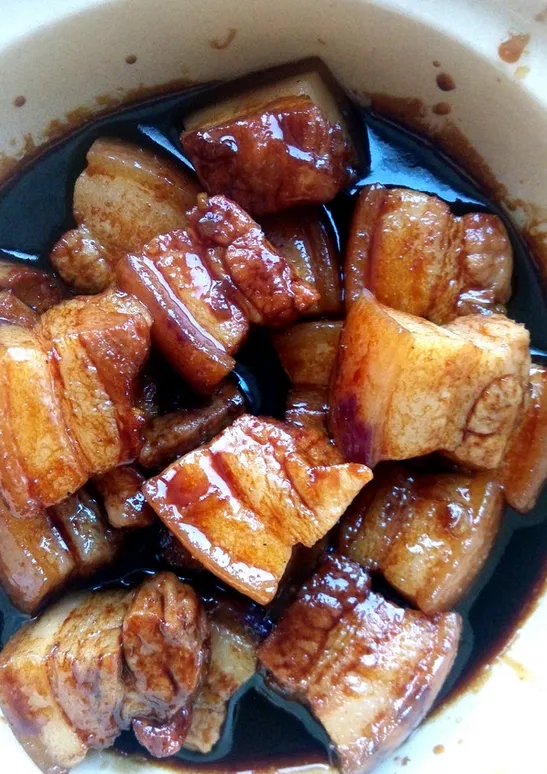
💡 Pro Tip: The final sauce should coat the back of a spoon and have a glossy, caramelized appearance.
6. Step 6
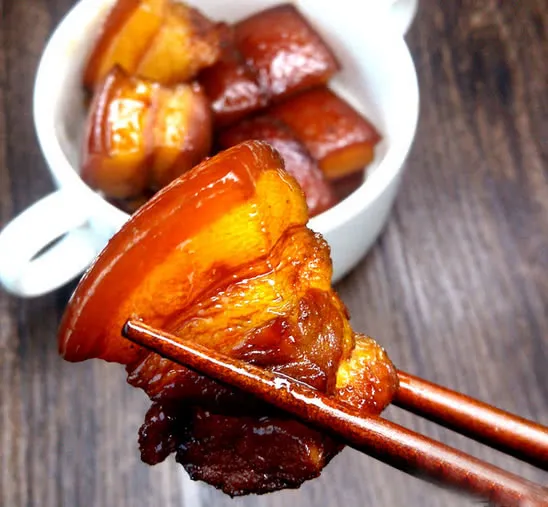
⏰ Timing: Proper doneness ensures melt-in-mouth texture for all diners
💡 Pro Tip: Test doneness by inserting a toothpick - should slide in easily
7. Step 7
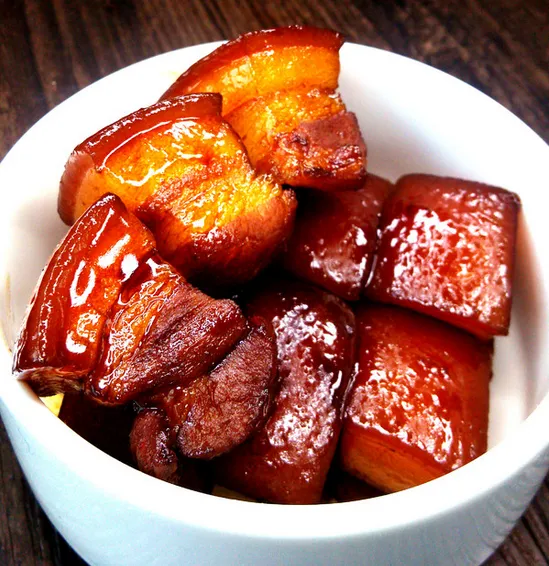
⏰ Timing: Fat ratio ensures juicy texture without excessive greasiness
💡 Pro Tip: Choose pork with even fat marbling for optimal tenderness
8. Step 8
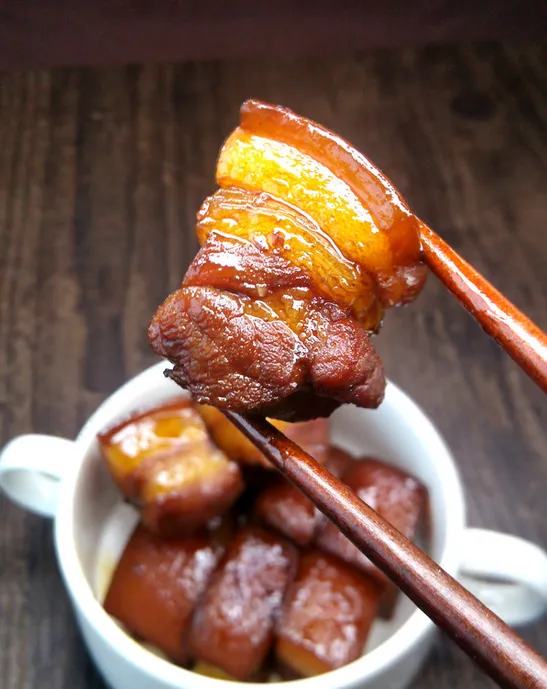
🔥 Technique: Handle meat gently using a slotted spoon to preserve shape
⏰ Timing: Prevents meat from breaking apart prematurely
💡 Pro Tip: Let meat rest 5 minutes before transferring to retain juices
9. Step 9
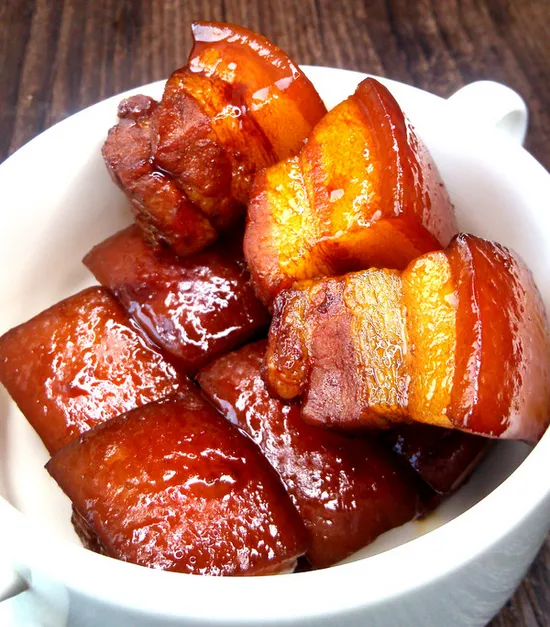
🔥 Technique: Line pot bottom with bamboo mat before adding scallions
⏰ Timing: Prevents burning and allows even heat distribution
💡 Pro Tip: Soak bamboo mat in water first to prevent burning
Regional Variations
Hangzhou Style
The original and most traditional version from Hangzhou, using rock sugar and yellow wine for a sweeter, more refined taste.
Key Differences:
- Uses rock sugar instead of brown sugar
- Cooked in a traditional clay pot (砂锅)
- Longer braising time for ultra-tender texture
- Often served with steamed buns
Shanghai Style
Shanghai variation features a richer, more savory profile with added soy sauce and sometimes fermented bean paste.
Key Differences:
- Dark soy sauce for deeper color
- Addition of fermented bean paste (豆瓣酱)
- Slightly saltier than Hangzhou version
- Often garnished with blanched vegetables
Suzhou Style
Suzhou version emphasizes the natural sweetness of the pork with minimal seasoning and delicate presentation.
Key Differences:
- Less sugar, highlighting natural pork sweetness
- Refined cutting technique for uniform pieces
- Lighter color and more subtle flavors
- Traditional presentation in individual clay pots
Reviews
Please login to write a review